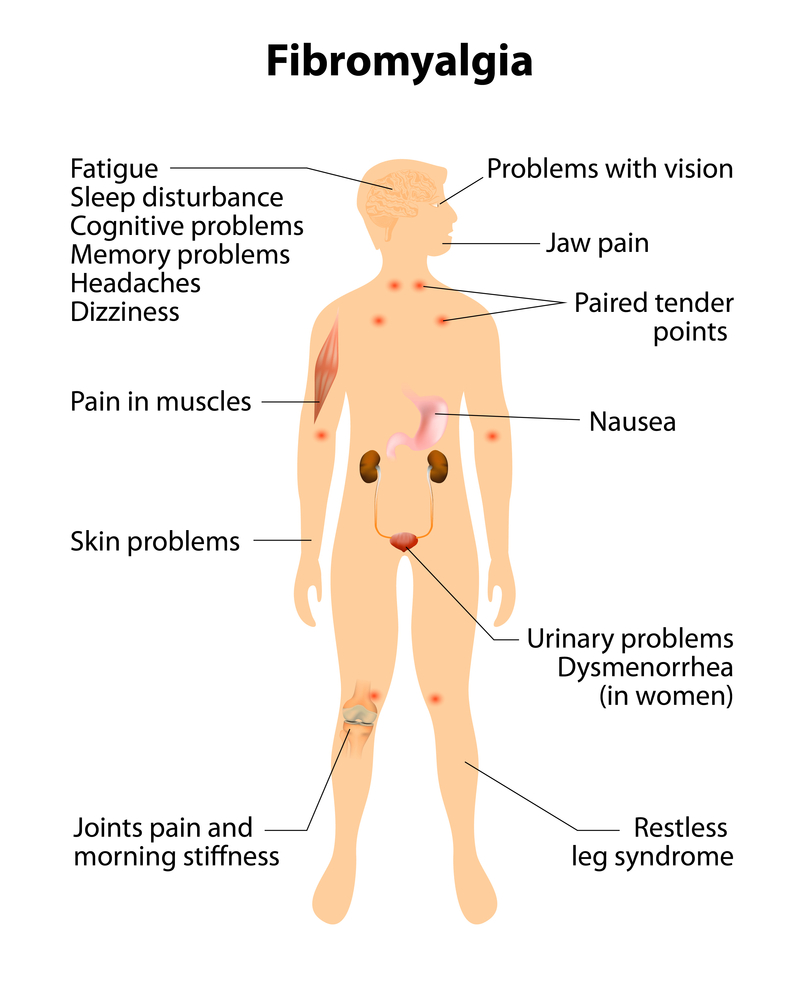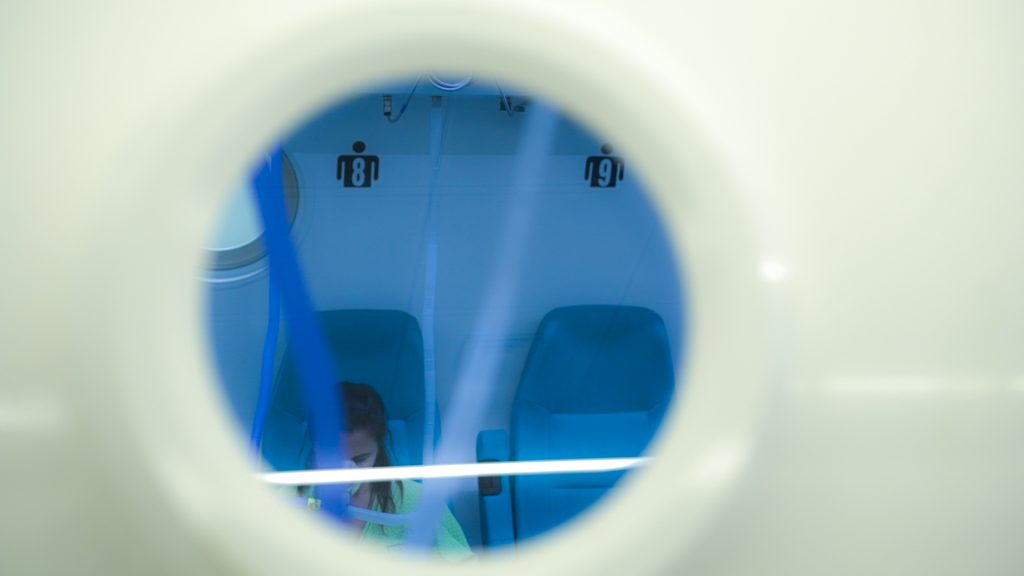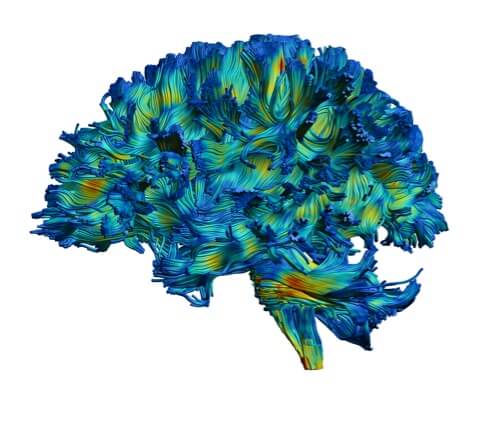
Emerging Research on HBOT as a Treatment for Fibromyalgia

Exploring HBOT as a Non-Drug Treatment for Fibromyalgia Pain
Fibromyalgia is a chronic complaint commonly associated with musculoskeletal pain, fatigue, sleep disturbances, and other symptoms impacting mood and memory. Fibromyalgia affects approximately ten million Americans, predominantly women. Globally, estimates range between 3% and 6% of the population. Because fibromyalgia has only been recognized as a medical condition for a few decades, research on fibromyalgia treatments remains scarce.
Chronic pain disorders like fibromyalgia can result from a defect in the nervous system. Fibromyalgia is not congenital; instead, symptoms develop over time, often as a reaction to external influences, including infection, physical trauma, or psychological factors. However, it is unclear and frequently impossible to determine what activates the condition.

The Need for Evidence-Based, Non-Pharmaceutical Therapies
Fibromyalgia doesn’t directly impact the muscles or joints; rather, it affects the way our nerves interpret and communicate pain messages to the brain. Consequently, pain thresholds are much lower, complicating effective treatment. The standard therapeutic reaction is to treat fibromyalgia symptoms pharmaceutically. However, non-prescription pain relievers aren’t sufficiently strong to effectively provide relief. Prescription pain relievers, including opioids, decrease in their effectiveness over time and carry many other risks, including addiction.
Clinical Studies Exploring HBOT for Fibromyalgia Relief
In the search for non-pharmaceutical solutions, hyperbaric oxygen therapy (HBOT) is being investigated as a potential treatment for chronic pain complaints.
Canada’s Drug Agency (formerly the Canadian Agency for Drugs and Technologies in Health) is a nonprofit organization that reviews and analyzes clinical research to advise healthcare decision-makers in Canada. Recently, the agency published a detailed study of HBOT as a potential therapy for chronic pain in adults.
The resultant article, “Hyperbaric Oxygen Therapy for the Treatment of Chronic Pain: A Review of Clinical Effectiveness and Cost-Effectiveness,” examined multiple studies. Sixty women with Fibromyalgia were examined in one study. They were treated with a unique protocol of HBOT daily (5 days/week) for 12 weeks. In the study, the therapy increased pain thresholds and other quality of life indicators while also lowering the number of tender (pain) points and reducing emotional stress. Following treatment, single-photon emission computed tomography (SPECT) imaging showed that parts of the brain that had previously revealed abnormalities had normalized.

A different study assessed 30 subjects suffering from myofascial pain syndrome, an acute pain disorder affecting the muscles and connective tissues. These patients were treated with HBOT sessions five days per week for two weeks. Even with this brief timeframe, treatment with HBOT was shown to boost pain thresholds and decrease physical and mental dysfunctions.
Ongoing Questions: Cost, Duration, and Future Clinical Trials
While the report by Canada’s Drug Agency did not provide conclusive evidence about the cost-effectiveness of HBOT compared to prescription pain medications, it did recognize that HBOT appears to be the safer option.
Because the studies researching HBOT and fibromyalgia had limitations, further studies are needed to fully understand the long-term benefits and cost implications. Still, the initial findings are promising and suggest that HBOT offered meaningful relief for individuals with fibromyalgia.
HBOT and the Aviv Medical Program for Fibromyalgia Pain
Hyperbaric oxygen therapy is one of many interventions available as part of the personalized Aviv Medical Program, which has offered hope for people suffering from fibromyalgia pain. Aviv Clinics is the largest and most advanced civilian hyperbaric medicine clinic in the United States. Contact us to learn if the Aviv Medical Program is right for you and your condition.
Aviv Medical Program provides you with a unique opportunity to invest in your health while you age



